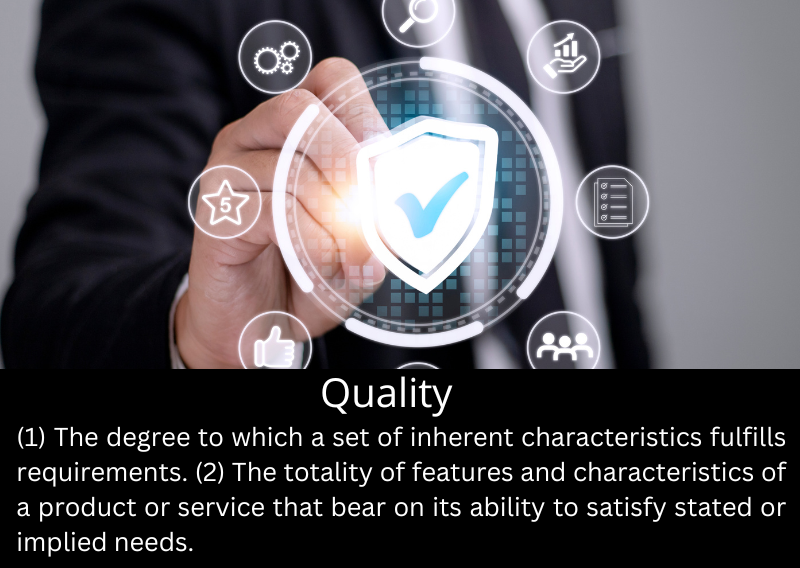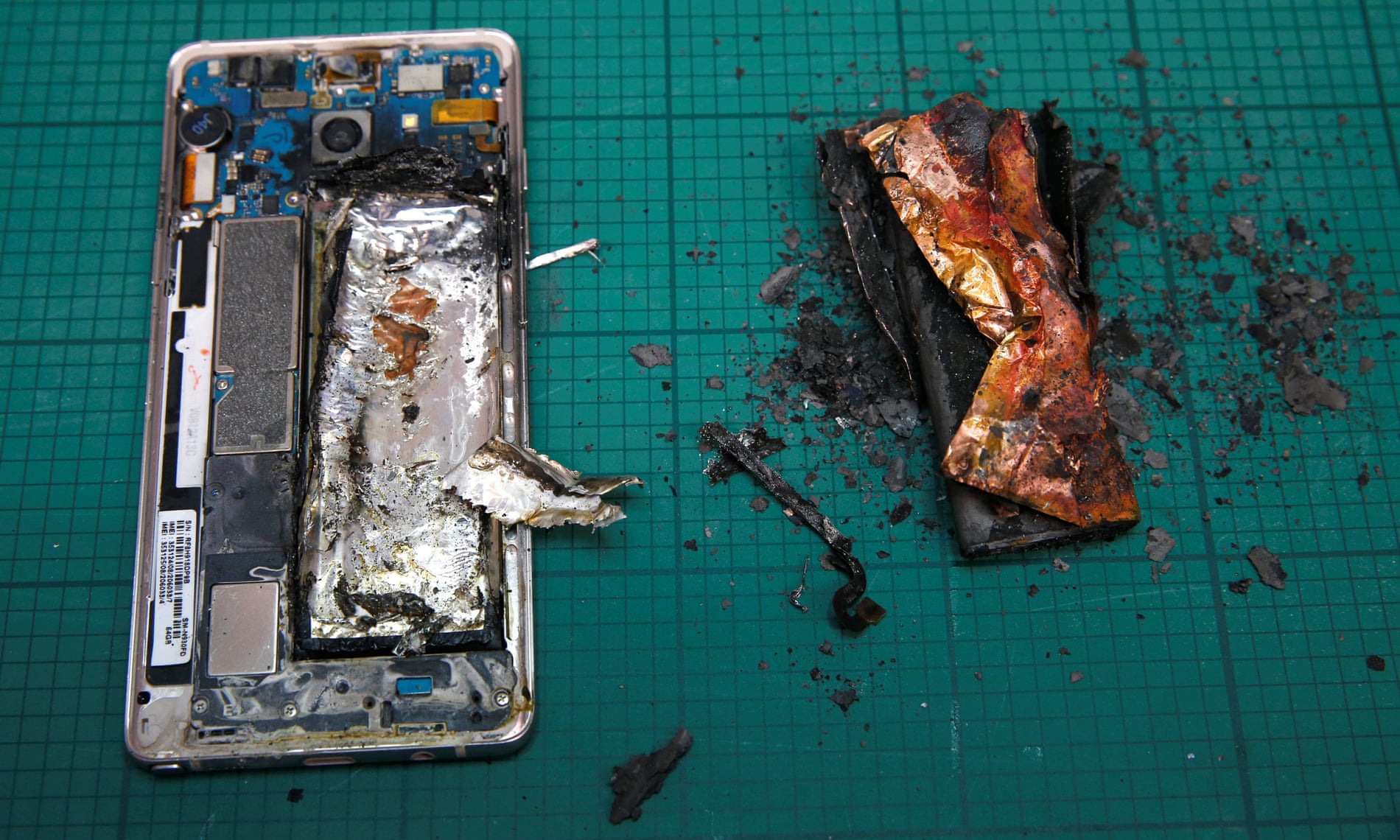Quality meaning
(1) The degree to which a set of inherent characteristics fulfills requirements. (2) The totality of features and characteristics of a product or service that bear on its ability to satisfy stated or implied needs.
Download Quality Management Plan Template
Quality Assurance checklist
Quality Audit Template
Quality Metrics Template
What is Quality in Project Management
Quality in project management refers to the degree to which a project fulfills the requirements and expectations set forth at its inception. It encompasses two primary aspects: firstly, the degree to which the project's inherent characteristics meet its specified requirements, and secondly, the sum of features and characteristics of the project’s deliverables that meet stated or implied needs. This dual perspective on quality ensures that a project is not only completed according to its technical specifications but also delivers value and satisfaction to stakeholders.Why You Need to Consider Quality
Considering quality in project management is crucial for several reasons. Quality is a key determinant of customer satisfaction and loyalty. Projects that meet or exceed quality expectations are more likely to satisfy clients and users, leading to repeat business and positive referrals. Additionally, quality management helps in resource optimization by reducing waste and rework, which in turn lowers costs and increases efficiency. It also enhances the project team’s morale and reputation, as delivering quality results is a source of pride and professional growth.What Happens When Quality Goes Wrong
Certainly, there are several notable real-world examples where failure to achieve quality in projects led to significant consequences. Here are a few:
Ford Pinto (1970s)
Ford Motor Company faced a major crisis with its Pinto model when it was discovered that the car's fuel tank design was prone to exploding if the car was hit from behind. The company had initially bypassed certain quality safety tests to speed up production. The result was a series of fatal accidents, a public outcry, costly lawsuits, and a massive recall, significantly damaging Ford's reputation.

Medium, Oct 2021. The Exploding Ford Pinto of 1973
Challenger Space Shuttle Disaster (1986)
NASA's Challenger shuttle exploded 73 seconds into its flight, leading to the death of all seven crew members. The investigation revealed that the disaster was due to the failure of the O-ring seals in the solid rocket boosters. This failure was attributed to the decision to launch in low temperatures against the recommendations of engineers. The incident highlighted the catastrophic consequences of compromising quality and safety for schedule adherence.
Samsung Galaxy Note 7 Battery Fires (2016)
Samsung faced a huge setback with its Galaxy Note 7 smartphone, which had to be recalled globally due to reports of the device catching fire. The root cause was traced back to flaws in the battery design and manufacturing process. The recall and discontinuation of the product resulted in billions of dollars in losses and a significant hit to Samsung's brand reputation.

Guardian, Oct 2016. Samsung Galaxy Note 7 crisis deepens with reports of production halt
Deepwater Horizon Oil Spill (2010)
In this environmental disaster, an explosion on the Deepwater Horizon oil rig led to the largest marine oil spill in history. Investigations pointed to multiple failures in safety measures and quality checks, including the blowout preventer not functioning as intended. This incident resulted in extensive environmental damage, loss of life, and billions of dollars in fines and cleanup costs for BP.

Deepwater Horizon oil spill environmental disaster, Gulf of Mexico
Tacoma Narrows Bridge Collapse (1940)
Known as "Galloping Gertie," the Tacoma Narrows Bridge in Washington state collapsed due to aeroelastic flutter caused by wind. The bridge's design had not adequately accounted for aerodynamic stability. This failure led to major advancements in bridge design and engineering, underscoring the importance of considering all environmental factors in quality design.
These examples demonstrate the critical importance of prioritizing quality in project management. They show that neglecting quality can lead to catastrophic outcomes, including loss of life, environmental disasters, significant financial losses, and long-lasting damage to brand and reputation.
How to Include Quality in Your Project
Incorporating quality into your project involves several steps:
- Define Quality Standards and Metrics: Clearly define what quality means for your project. This includes establishing specific, measurable standards and metrics aligned with customer requirements and industry benchmarks.
- Integrate Quality into Planning: Quality should be a consideration in all phases of project planning, from scope definition to resource allocation.
- Implement Quality Assurance Processes: These are proactive processes designed to ensure that quality standards are being met throughout the project lifecycle. This includes regular quality audits and process reviews.
- Quality Control Measures: Implement quality control activities like testing, inspections, and reviews to identify and correct defects or variances from quality standards.
- Stakeholder Engagement: Regularly engage with stakeholders to gather feedback and ensure that the project continues to align with their expectations and needs.
When to Check Quality
Quality should be monitored and controlled throughout the project lifecycle, not just at the end. This includes:
- Initiation Phase: Establish quality objectives and metrics.
- Planning Phase: Integrate quality management plans into the overall project plan.
- Execution Phase: Conduct ongoing quality assurance and quality control activities.
- Monitoring and Controlling Phase: Regularly review and adjust quality standards and processes based on performance data and stakeholder feedback.
- Closing Phase: Conduct a final quality review to ensure all quality requirements have been met and to gather lessons learned for future projects.
Which Project Documents Relate to Quality?
In project management, several documents specifically relate to quality management. These documents help in planning, implementing, monitoring, and controlling quality throughout the project lifecycle. Here's an overview of the key documents:
Quality Management Plan
This is a fundamental document that outlines how quality will be managed and controlled throughout the project. It includes quality standards, metrics, quality control and assurance activities, roles and responsibilities, and resources allocated for quality management.
Quality Metrics
This document defines the specific quality standards and the metrics that will be used to measure performance against these standards. It includes details like tolerance levels, acceptable quality levels, and how metrics will be collected and analyzed.
Quality Checklists
Checklists are used during quality control processes to ensure that work has been performed according to the specified quality standards. These are particularly useful during inspections and audits.
Quality Improvement Plan
This document details the steps for continuous quality improvement over the course of the project. It identifies opportunities for improving processes and practices to enhance quality.
Process Improvement Plan
Part of the broader quality management effort, this plan focuses on enhancing and optimizing processes to improve efficiency and quality outcomes.
Quality Audit Reports
These are formal reports documenting the findings of quality audits. They assess compliance with processes and identify areas for improvement.
Inspection Reports
These reports document the results of inspections conducted to verify that project deliverables meet the quality requirements specified in the Quality Management Plan.
Quality Control Measurements
Records of quality control activities, including test results, inspection outcomes, and measurement data, are kept to track performance against quality metrics.
Change Request Forms
While not exclusively a quality document, change requests are often generated as a result of quality assessments. They propose changes to processes, plans, or baselines to address quality issues.
Lessons Learned Register
This document captures insights and learnings related to quality management throughout the project, which can be valuable for future projects.
These documents form a comprehensive framework for managing quality in a project, ensuring that quality standards are met and that the project delivers value to its stakeholders.

